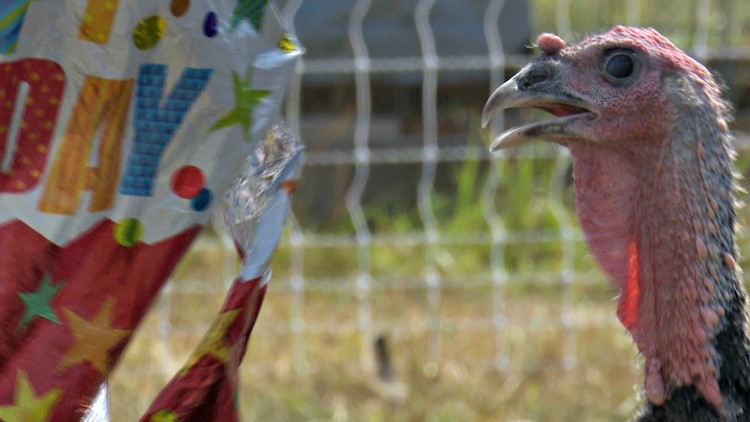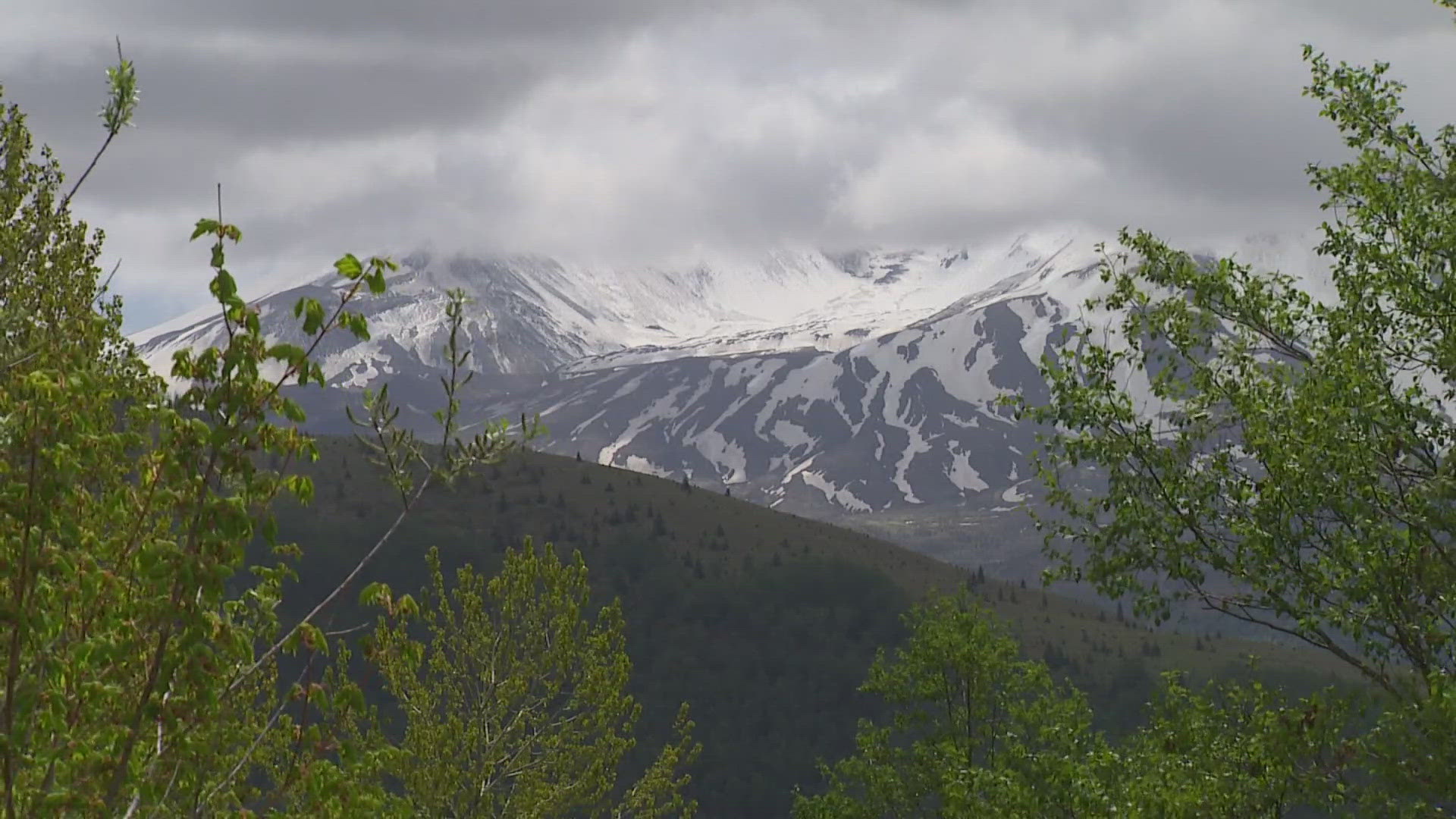How about a side of mylar or latex balloon with that Thanksgiving turkey? One local farmer says balloon pollution is a regular problem for her livestock.
It took less than 10 seconds at Carnation Farms for me to learn that turkeys are insatiably curious. They tried to eat my tripod and my small GoPro camera, too.
"Anything new, anything shiny, they love," said Director of Sustainable Agriculture Rosy Smit. "They're really curious creatures, so if there's something shiny or a strange color, they go right to it."
Turkeys may be a favorite food choice for us humans, but remember the old saying: "You are what you eat." So how would you feel if you heard that an organic turkey found a mylar balloon to chew on — instead of bugs and its healthy feed?
"Last Saturday driving by the farm I saw some big, shiny thing in the field. At first, I thought it was a chicken, but it wasn't moving," Smit said.
It was a mylar "Happy Birthday" balloon — and that makes about a half-dozen Smit says she has picked up this summer. It's not just foul news for the fowl, but also for other livestock, especially ones that eat hay. The bailers can suck balloons in with the grass, creating balloon-filled hay bales.
"Cattle we have on-site, or other local farmers buy it and feed it to their animals. So when it's in a bale, it's compacted and you don't actually see it," Smit said. "A mylar balloon, if it's ripped or they ingest a piece of it, that's really unhealthy."
U.S. Fish and Wildlife calls balloons a major hazard for wildlife, pointing to pictures of dead birds and sea turtles, strangled or killed after eating balloons. The agency asks the public not to release balloons due to their destructive effects.
Smit says the balloons mostly show up in the summer when people tend to be celebrating outside more often.
A herd of elk lives around Carnation Farms, and Smit worries about them as well. She hopes her recent find helps us think better about how we celebrate and what we do with our waste.
"They buy these balloons and they don't understand the ecological impact they might have if they let them go into the environment, the potential hazards wildlife and livestock can have from them. There are a lot of other things you can do, other than buy a metallic balloon," Smit said.
To learn more about balloon pollution, visit the following sites:



